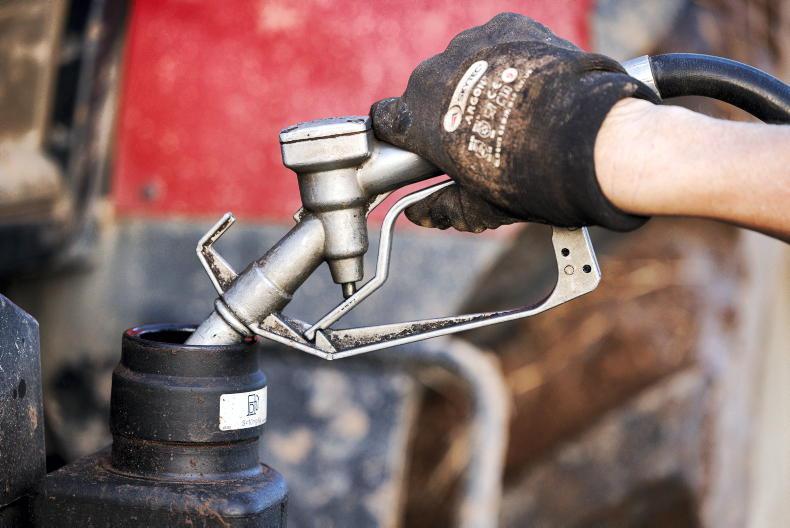Q “I have been approached by a solar development company looking to put a solar farm on part of my farm. They want me to grant an option over part of the farm until they know whether they will get planning etc. I am worried about the tax implications and ability to claim entitlements when it comes to transferring the farm to the next generation. Have you any advice?”
AISLING ANSWERS: From a landowner’s point of view, the development of a solar farm on part of the farm can be a highly profitable use of land.
However, landowners are often unaware of the obligations imposed on them, and the implications that may arise. In this two-part series, the first article will cover legal issues and the second article will cover tax and subsidy issues with solar farms.
The range of legal documents governing the relationship between the landowner and the solar farm development company can vary depending on the company involved but generally, it involves some or all of the following legal agreements.
Exclusivity Agreement
This is usually a short document which gives exclusivity to a particular developer for a short period, typically 12 months. The purpose of the agreement is to enable the developer to conduct a feasibility study on the land to see if the project is achievable.
The agreement typically covers such items as an exclusivity period; a right to access lands; authority to apply for permissions; obligations on each party during the exclusivity period; confidentiality; binding status; and governing law and jurisdiction. The developer would generally also request the landowner to sign a landowner consent form, to enable the developer to apply to ESB networks to obtain the grid connection and secure capacity.
Heads of Terms Agreement
The heads of terms may be incorporated into the exclusivity agreement or may be a stand-alone document. Heads of Agreement are generally not legally binding – they only signify a moral commitment.
The only terms which are normally binding are those relating to confidentiality; costs; exclusivity; and governing law and jurisdiction. Non-binding terms relate to the nature of the deal/transaction; price or payment or form of consideration; the timetable; details of any conditions; and due diligence.
Option Agreement
The option agreement is legally binding and can tie in the landowner to a 35-year lease so a farmer should ensure that they are fully appraised of all legal and tax aspects before signing. It gives the developer the option to require the landowner to enter into a pre-agreed lease.
The payment to the landowner for granting the option can vary from between €1,000 to €10,000. The terms of the option agreement and the lease agreement are normally negotiated at the same time with the proposed lease being attached to the option agreement. The option agreement essentially confirms the landowner’s acceptance in principle to having rows of PV modules erected on their land. It allows the developer to enter the landowner’s property to carry out research including environmental impact studies which will be required for planning applications.
The option is normally granted for a term of 5-7 years with a right of renewal and the landowner should ensure that there is provision in the agreement for a further payment for extending the option agreement. The option is generally triggered when the developer obtains planning permission for a minimum number of PV modules and obtains a connection to the national grid. If the development cannot go ahead, the option is not exercised and the lease does not become operative.
The benefit of the agreement is normally assigned by the initial developer to another development company once planning permission has been secured. This can usually occur without the consent of the landowner provided that the new developer enters into a deed of covenant with the landowner to continue to observe and comply with the obligations of the initial developer.
Lease Agreement
The lease agreement is typically for a term of 35 years with a right to extend for a further 5 to 10 years. It is important to identify precisely the area of land to be leased as the developer will seek to include as much land as possible at the option agreement stage and to drop land at a later point when the lease is triggered, depending on where they get the permission for the solar farm.
The developers will also seek to retain land for the purpose of creating wayleaves/rights of way in order to access other adjoining landowner’s lands being used for the construction of PV modules.
Therefore, landowners should be careful not to leave themselves open to being used as a gateway for the construction of a solar farm.
The lease may also provide for a right for the developer to mortgage or charge the lease as security for monies owed by the developer without any consent from the landowner. However, the lease normally provides that notice be given to the landowner within a month of the transaction of every change in ownership of the lease or any mortgage or charge.
The lease should also include provisions if the developer is struck off the register of companies or goes into liquidation or has a receiver appointed. In that case, the landowner should be entitled to terminate the lease but without prejudice to any rights or remedies he may have in respect of a breach of any of the developer’s obligations contained in the lease.
However, the landowner may be restricted in terminating the lease by having to consult with a chargee for example, a bank who may have a mortgage/charge affecting the developers interest in the lands. The landowner may also be obliged by the terms of the lease to allow the receiver/liquidator a period of time (e.g. 18 months) to sell the developers interest in the lease.
The lease should also include a comprehensive clause dealing with how the property is to be reinstated at the end of the lease. The lease normally provides that the developer would, within 12 months of the end of the lease, remove such equipment as is above ground level, including the removal of foundations, hard standings, roadways or tracks but excluding all items one metre or more below ground level. Furthermore, the developer should be obliged to reinstate the property to a reasonable soil depth to allow normal agricultural use insofar as used for agricultural purposes immediately prior to the first day of the lease. CL
Disclaimer: The information in this article is intended as a general guide only. While every care is taken to ensure accuracy of information contained in this article, Aisling Meehan, Agricultural Solicitors does not accept responsibility for errors or omissions howsoever arising. Email aisling@agrisolicitors.ie










SHARING OPTIONS